In a bizarre but groundbreaking test, scientists have been able to “tattoo” tardigrades miniature, indestructible creatures also known as water bears with an advanced microfabrication technique. This strange achievement is not in the name of novelty: it can potentially lead to living biosensors, microbial cyborgs, and even medical implants that become fully compatible with biological tissue. By accessing the nearly mythical resilience of the tardigrade, researchers have pushed the boundaries of bioengineering, with the possibility of a future where living cells and microchips merge in configurations once the purview of science fiction.
Tardigrades: Nature’s Ultimate Survivors
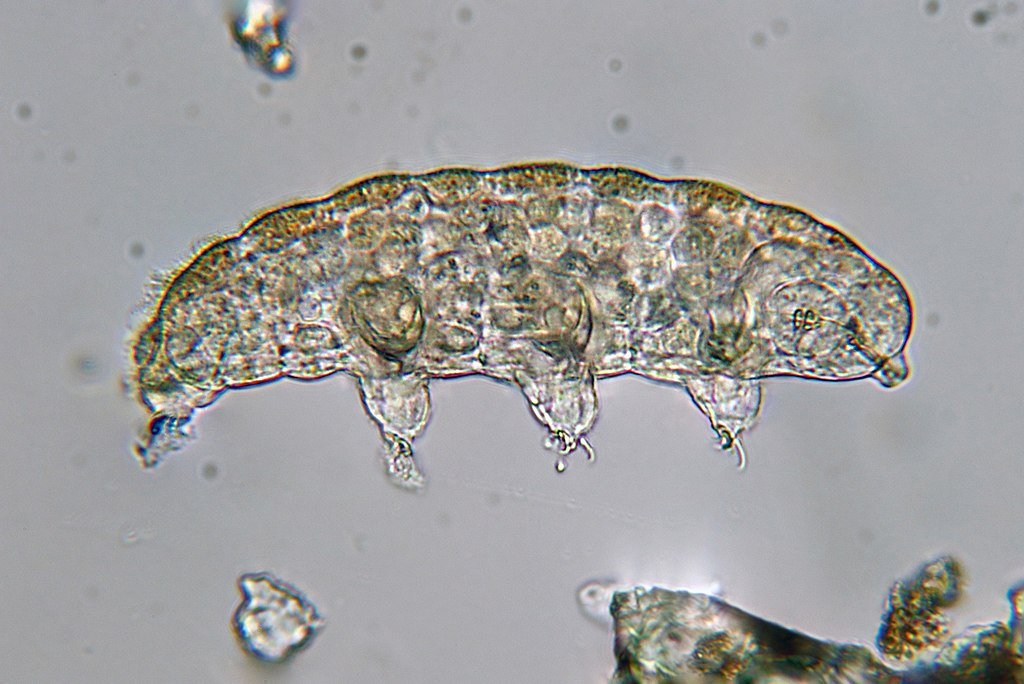
Tardigrades, barely half a millimeter long, are among Earth’s most resilient organisms. They can endure extreme temperatures (from -328°F (-200°C) to boiling heat), survive the vacuum of space, and even shrug off lethal radiation doses. Their secret? A cryptobiotic state a form of suspended animation where they expel nearly all water from their bodies, slowing metabolism to near-zero. This extraordinary ability made them the perfect test subject for a radical new microfabrication technique that could one day integrate electronics with living tissue.
Ice Lithography: The Art of “Tattooing” Living Cells
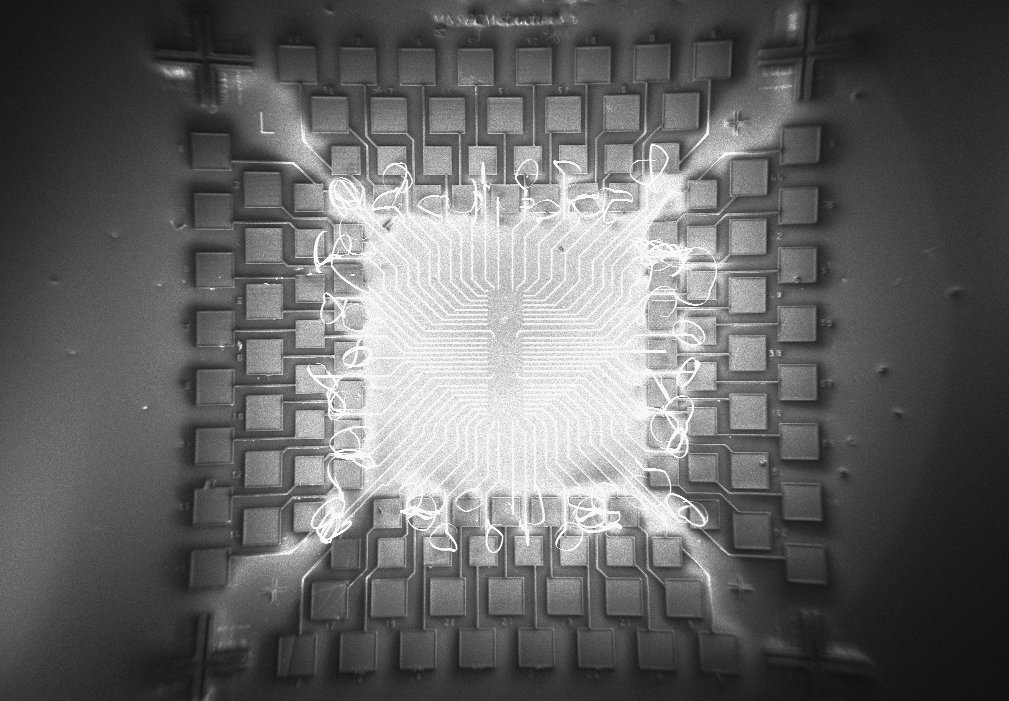
Conventional microfabrication that generates microchips and sensors is based on toxic chemicals and high heat, which is incompatible with living organisms. However, scientists Ding Zhao and Min Qiu shifted to ice lithography, a less stressful technique that etches patterns onto frozen samples using an electron beam. The researchers dehydrated tardigrades into cryptobiosis, froze them at -226°F (-143°C), and deposited anisole, an organic molecule, onto them. Upon exposure to the electron beam, the anisole reacted, depositing a permanent, biocompatible “tattoo” as the ice sublimated off.
Micro-Tattoos: From University Logos to Future Biosensors
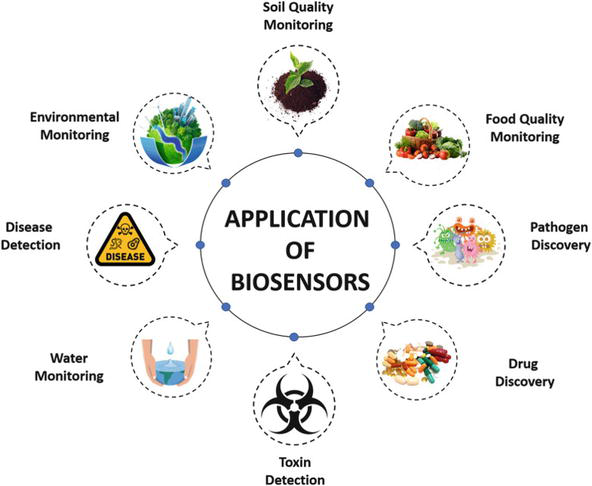
The accuracy was breathtaking: the researchers etched designs as tiny as 72 nanometers roughly 1,000 times thinner than human hair onto the tardigrades’ resilient outer cuticles. Designs were done in dots, lines, squares, and even their university’s logo. Astoundingly, 40% of the tardigrades remained alive after undergoing the process, recovering unscathed once hydrated. Even more surprising? The tattooed water bears behaved normally, suggesting the technique doesn’t disrupt biological functions, a crucial step toward embedding functional microelectronics in living organisms.
Beyond Tardigrades: Bacteria, Cells, and “Living Devices”
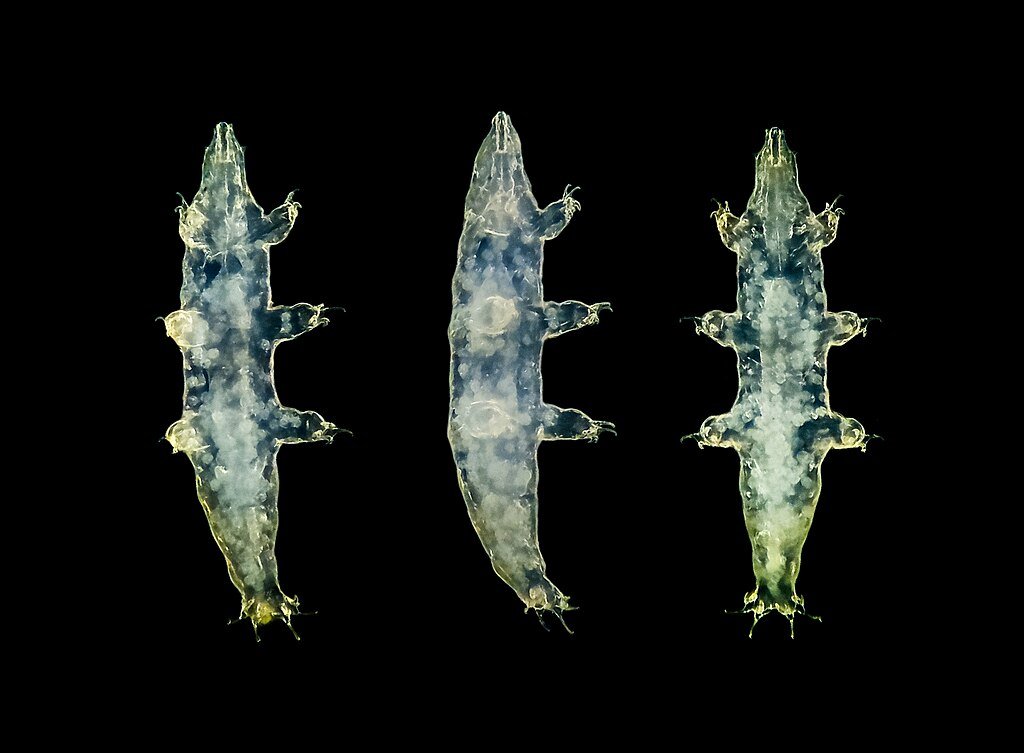
Although tattooing tardigrades is an interesting proof of concept, the actual potential is in more general applications. The same technique could be applied to pattern bacteria, human cells, or even tissues, allowing:
- Microbial cyborgs : Engineered bacteria with embedded sensors for detecting toxins or disease.
- Biocompatible implants : Medical devices that integrate seamlessly with the body.
- Living biosensors : Organisms that change color or emit signals in response to environmental changes.
The Ethical Frontier: Where Biology Meets Machine
As with any new biotech, there are ethical issues. Might this be the start of engineered organisms with artificial capabilities? What mechanisms are necessary to avoid misuse? Though still on the early side, the authors of the study emphasize biocompatibility and safety, to make sure that any future uses focus on non-destructive integration into living systems.
From Sci-Fi to Reality: What’s Next?
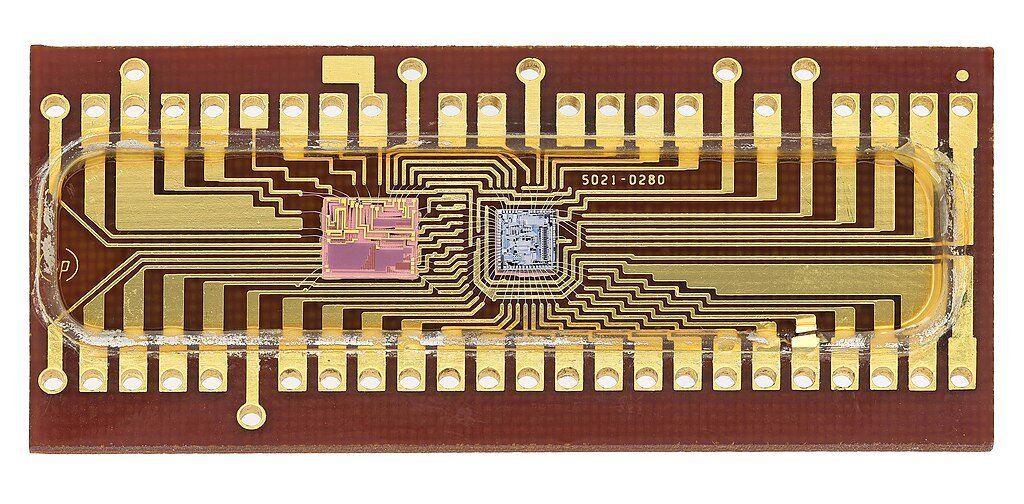
Gavin King, a pioneer of ice lithography (unrelated to this study), calls this a “new generation of biomaterial devices.” The team’s next steps include refining survival rates and testing functional microelectronics like conductive nanowires on living tissue. If successful, we may soon see self-healing biological circuits, smart implants, or even programmable microbes designed for medical and environmental monitoring.
Conclusion: A Tiny Step for Tardigrades, a Giant Leap for Bioengineering

What began as an experiment in tattooing microscopic water bears could revolutionize biotechnology. By merging microfabrication with living organisms, scientists are blurring the line between biology and machine one indestructible tardigrade at a time. The future of living microdevices is no longer science fiction; it’s being written today, in labs where the impossible becomes possible.
Sources :
1- Phys.org Report
2- Nano Letters Study

Jan loves Wildlife and Animals and is one of the founders of Animals Around The Globe. He holds an MSc in Finance & Economics and is a passionate PADI Open Water Diver. His favorite animals are Mountain Gorillas, Tigers, and Great White Sharks. He lived in South Africa, Germany, the USA, Ireland, Italy, China, and Australia. Before AATG, Jan worked for Google, Axel Springer, BMW and others.




